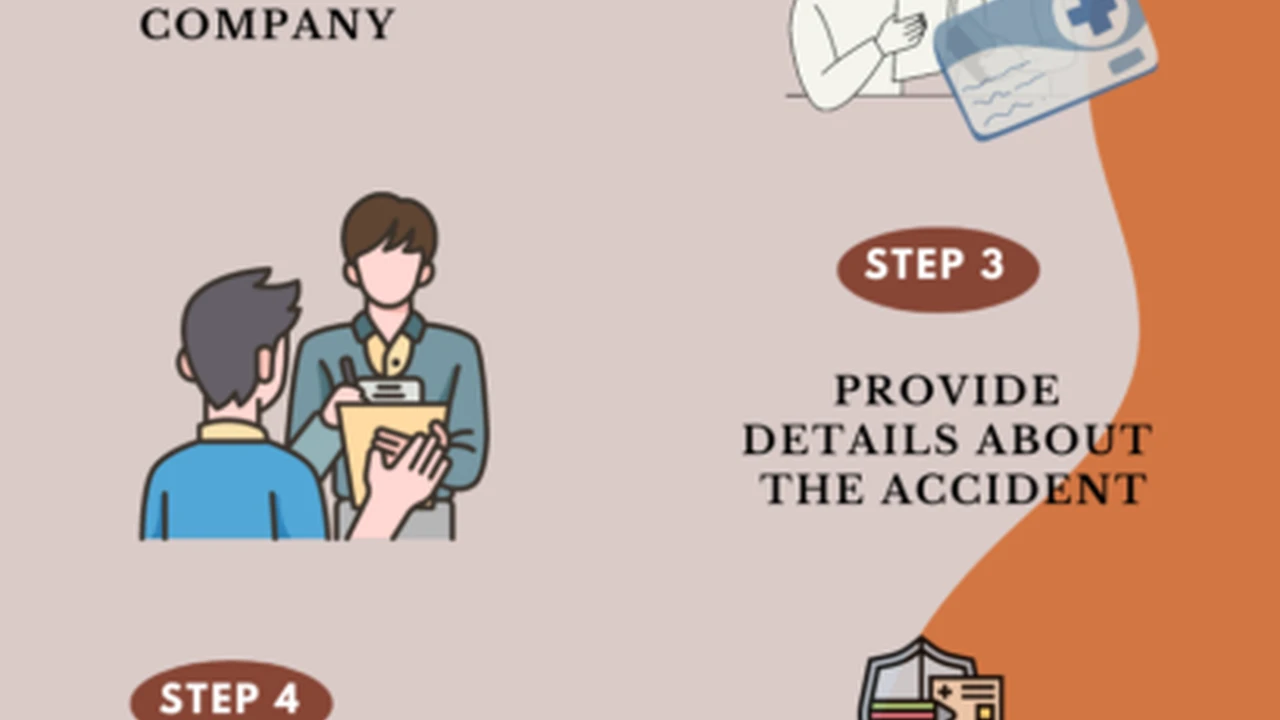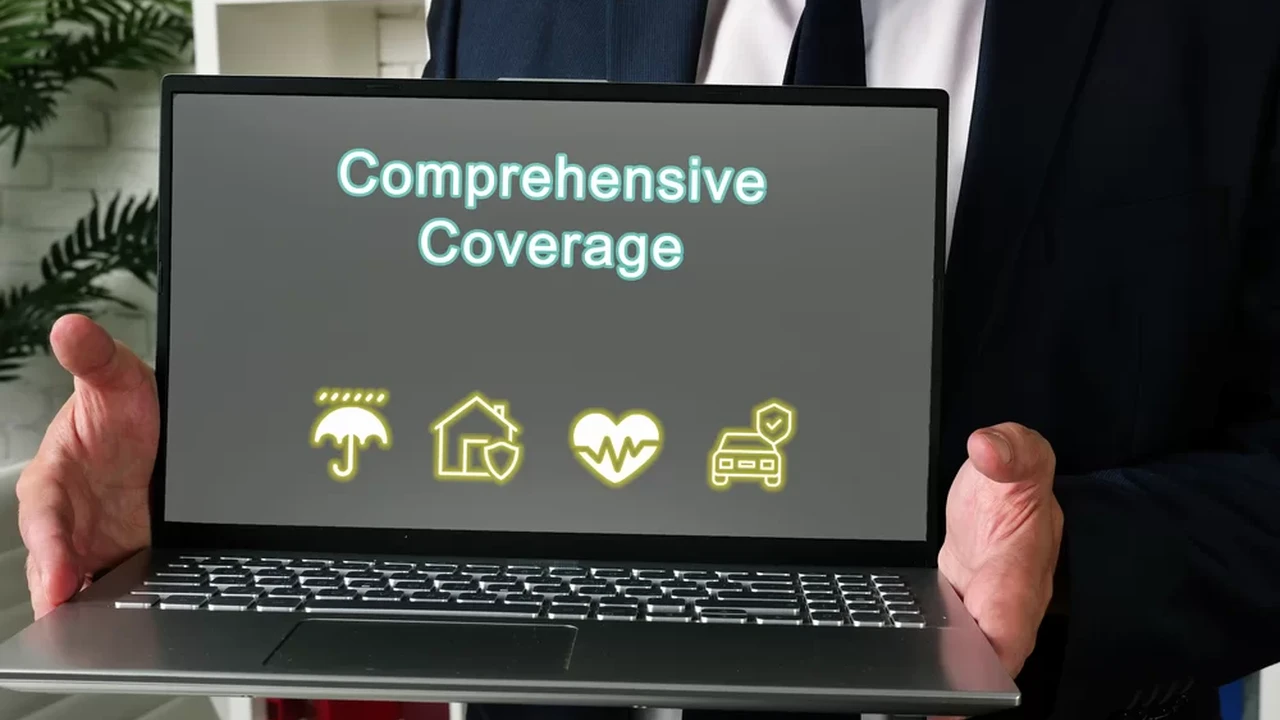Bundling Insurance Policies: Saving on Home and Auto

Understanding Insurance Bundling What Is It and How Does It Save You Money
Okay, so you're looking to save some serious cash on your car insurance, and someone mentioned "bundling." What exactly *is* this magic trick, and how does it actually work? Basically, bundling means buying multiple insurance policies from the same company. Think of it like a value meal at your favorite fast-food joint – you get more for less. In this case, you're getting car insurance and, say, home insurance, renters insurance, or even umbrella insurance, all from the same provider. The insurer then gives you a discount for being such a loyal customer (and for giving them more of your business, of course!).
The savings can be pretty significant. We're talking anywhere from 5% to 25% or even more, depending on the insurance company, the types of policies you bundle, and your individual circumstances. That can add up to hundreds of dollars per year! So, yeah, it's definitely worth looking into.
Benefits of Bundling Insurance Policies Beyond the Obvious Savings
Alright, so we've established that bundling saves you money. But the benefits don't stop there! There are a few other perks that make it even more appealing.
- Simplified Management: Imagine having all your insurance policies with one company. One bill to pay, one website to log into, one phone number to call. It's a lot less hassle than dealing with multiple insurers.
- Potential for Increased Coverage: Sometimes, bundling can unlock access to better coverage options or higher policy limits than you might get if you bought each policy separately. Insurers like rewarding loyal customers, after all.
- Easier Claims Process: If you ever need to file a claim, dealing with one insurance company can be a whole lot smoother than dealing with multiple. Especially if the claim involves multiple policies (like a storm that damages your home and car).
- Long-Term Relationship: Bundling can help you build a strong relationship with your insurance company. This can lead to better service and more personalized advice down the road. They know your history, your needs, and are invested in keeping you as a customer.
Real-World Examples of Insurance Bundling in Action Home Auto and More
Let's get down to some specific scenarios so you can see how bundling works in practice. These are just examples, of course; your individual situation might be different.
- The Homeowner: Sarah owns a home and a car. She currently pays $1200 per year for car insurance and $1500 per year for homeowners insurance, with separate companies. By bundling her home and auto insurance with the same insurer, she gets a 15% discount on both policies. That saves her $180 on her car insurance and $225 on her homeowners insurance, for a total annual savings of $405!
- The Renter: Mark rents an apartment and owns a car. He pays $800 per year for car insurance and $150 per year for renters insurance (which many renters neglect!). By bundling, he gets a 10% discount on both. That's $80 off his car insurance and $15 off his renters insurance – not a huge amount, but still worth it for the convenience.
- The Savvy Multi-Policyholder: Emily owns a home, two cars, and a boat. She bundles all her insurance policies with one company and gets a 20% discount across the board. The savings are substantial, easily exceeding $1000 per year!
Top Insurance Companies for Bundling Home and Auto Recommendations and Comparisons
Okay, so you're sold on the idea of bundling. But which insurance companies offer the best deals? Here are a few of the top contenders, along with some key considerations:
- State Farm: A well-known and highly-rated insurer with a wide range of coverage options. State Farm is known for its excellent customer service and strong financial stability. They often offer significant discounts for bundling home and auto insurance. They aren't always the cheapest, but their reputation is golden.
- Allstate: Another major player in the insurance industry. Allstate provides a variety of insurance products and services, including car insurance, home insurance, and life insurance. Allstate is known for its competitive rates and comprehensive coverage options.
- Progressive: Progressive is known for its competitive rates, especially for car insurance. They also offer home insurance through partnerships with other companies, so you can still bundle. Their "Name Your Price" tool can be helpful for finding a policy that fits your budget.
- GEICO: GEICO is another popular insurer that offers competitive rates, particularly for car insurance. They also offer home insurance through partnerships with other companies, making bundling possible. GEICO is known for its easy-to-use online platform and 24/7 customer service.
- USAA: (If you're eligible – military members and their families only). USAA consistently ranks at the top of customer satisfaction surveys. They offer excellent coverage, competitive rates, and exceptional service. If you qualify, definitely get a quote from USAA.
Comparison Table:
| Company | Bundling Discount (Approximate) | Customer Service Rating | Coverage Options | Price (Relative) |
|---|---|---|---|---|
| State Farm | 10-20% | Excellent | Wide Range | Moderate to High |
| Allstate | 5-15% | Good | Wide Range | Moderate |
| Progressive | 5-10% (on auto, variable on home) | Good | Good | Competitive |
| GEICO | 5-10% (on auto, variable on home) | Good | Good | Competitive |
| USAA | Up to 25% | Exceptional | Wide Range | Competitive to Moderate |
Important Note: These are just general guidelines. The actual discounts and rates you receive will depend on your specific circumstances, including your location, driving record, credit score, and the types of policies you bundle. Always get quotes from multiple insurers to compare your options.
Specific Product Recommendations and Usage Scenarios Detailed Breakdown
Let's dive into some specific product examples and how they might fit your situation. Remember, these are hypothetical scenarios, and you should always get personalized advice from an insurance professional.
Scenario 1: The Young Professional with a New Car and Apartment
Needs: Affordable car insurance and renters insurance.
Recommendation: Progressive or GEICO.
Why: Both Progressive and GEICO are known for their competitive rates for young drivers. They also offer renters insurance, which is essential for protecting your belongings in an apartment. Progressive's "Name Your Price" tool can be particularly helpful for finding a policy that fits a tight budget. GEICO's easy-to-use online platform makes it convenient to manage your policies.
Example Products:
- Progressive Auto Insurance: Liability coverage, collision coverage, comprehensive coverage, uninsured/underinsured motorist coverage. Estimated annual premium: $1000 (depending on driving record and vehicle).
- Progressive Renters Insurance: Covers personal property, liability, and additional living expenses. Estimated annual premium: $150.
- GEICO Auto Insurance: Similar coverage options to Progressive. Estimated annual premium: $1050 (depending on driving record and vehicle).
- GEICO Renters Insurance: Similar coverage options to Progressive. Estimated annual premium: $140.
Usage Scenario: Imagine a recent graduate, fresh out of college, with a brand new car and a rented apartment. They're on a tight budget but need to protect their assets. Bundling car and renters insurance with Progressive or GEICO provides affordable coverage and peace of mind.
Scenario 2: The Family with a Home and Two Cars
Needs: Comprehensive coverage for their home and vehicles, with a focus on liability protection.
Recommendation: State Farm or Allstate.
Why: State Farm and Allstate offer a wide range of coverage options and are known for their excellent customer service. They also tend to have higher liability limits, which is important for families with significant assets to protect. Their local agent networks provide personalized support and advice.
Example Products:
- State Farm Auto Insurance: Liability coverage, collision coverage, comprehensive coverage, uninsured/underinsured motorist coverage, medical payments coverage. Estimated annual premium per car: $1500.
- State Farm Homeowners Insurance: Dwelling coverage, personal property coverage, liability coverage, additional living expenses coverage. Estimated annual premium: $2000.
- Allstate Auto Insurance: Similar coverage options to State Farm. Estimated annual premium per car: $1450.
- Allstate Homeowners Insurance: Similar coverage options to State Farm. Estimated annual premium: $1950.
Usage Scenario: A family with two cars and a home needs comprehensive coverage to protect their assets. They value excellent customer service and personalized advice. State Farm or Allstate provides the coverage and support they need.
Scenario 3: The High-Net-Worth Individual with Multiple Properties and Vehicles
Needs: High liability limits, umbrella insurance, and personalized risk management.
Recommendation: USAA (if eligible) or a high-end insurer specializing in high-net-worth clients.
Why: High-net-worth individuals need specialized insurance solutions to protect their assets. USAA (if eligible) offers exceptional service and competitive rates. Other high-end insurers provide personalized risk management and access to high liability limits and umbrella insurance.
Example Products:
- USAA Auto Insurance: Liability coverage (high limits), collision coverage, comprehensive coverage, uninsured/underinsured motorist coverage, medical payments coverage. Estimated annual premium per car: $1800.
- USAA Homeowners Insurance: Dwelling coverage, personal property coverage, liability coverage (high limits), additional living expenses coverage. Estimated annual premium: $2500.
- Umbrella Insurance: Provides additional liability coverage beyond the limits of your auto and homeowners policies. Estimated annual premium: $500-$1000 (for $1 million in coverage).
Usage Scenario: A high-net-worth individual with multiple properties and vehicles needs comprehensive coverage and high liability limits to protect their assets. They value personalized risk management and access to specialized insurance solutions. USAA (if eligible) or a high-end insurer provides the coverage and support they need.
Understanding Policy Details and Coverage Options What to Look For
Before you jump into bundling, it's crucial to understand what you're actually buying. Don't just focus on the price; pay close attention to the policy details and coverage options.
- Liability Coverage: This is the most important part of your auto and homeowners insurance. It protects you if you're at fault in an accident or if someone is injured on your property. Make sure you have enough liability coverage to protect your assets. A good rule of thumb is to have at least $100,000 per person and $300,000 per accident for auto liability, and at least $300,000 for homeowners liability. Consider an umbrella policy for even greater protection.
- Collision Coverage: This covers damage to your vehicle if you're in an accident, regardless of who is at fault. It's usually required if you have a loan on your car.
- Comprehensive Coverage: This covers damage to your vehicle from things other than collisions, such as theft, vandalism, fire, and natural disasters.
- Uninsured/Underinsured Motorist Coverage: This protects you if you're hit by an uninsured or underinsured driver.
- Deductibles: This is the amount you have to pay out of pocket before your insurance kicks in. A higher deductible will usually result in a lower premium, but you'll have to pay more if you file a claim.
- Policy Limits: This is the maximum amount your insurance company will pay out for a covered claim. Make sure your policy limits are high enough to cover your potential losses.
- Exclusions: These are the things that your insurance policy doesn't cover. Be sure to read the exclusions carefully so you know what's not covered.
Negotiating the Best Bundling Deal Tips and Tricks for Saving Even More
Okay, you've done your research and you're ready to get a quote. Here are a few tips and tricks for negotiating the best possible bundling deal:
- Shop Around: Get quotes from multiple insurers to compare your options. Don't just settle for the first quote you get.
- Ask for Discounts: Don't be afraid to ask for discounts. Many insurers offer discounts for things like being a good student, having a clean driving record, or installing safety features in your home.
- Increase Your Deductibles: Increasing your deductibles can lower your premium, but make sure you can afford to pay the higher deductible if you file a claim.
- Pay Annually: Paying your insurance premiums annually can sometimes save you money compared to paying monthly.
- Review Your Policies Regularly: As your circumstances change, your insurance needs may also change. Review your policies regularly to make sure you have adequate coverage.
- Bundle Strategically: Consider bundling other policies, such as life insurance or pet insurance, to get even greater discounts.
- Work with an Independent Agent: An independent insurance agent can shop around for you and find the best deals from multiple insurers.
Common Mistakes to Avoid When Bundling Insurance Policies
Bundling insurance can be a great way to save money, but it's important to avoid these common mistakes:
- Focusing Solely on Price: Don't just choose the cheapest option. Make sure you have adequate coverage and that the insurer has a good reputation for customer service.
- Not Understanding Your Coverage: Read your policies carefully and make sure you understand what's covered and what's not.
- Not Shopping Around: Get quotes from multiple insurers to compare your options.
- Not Reviewing Your Policies Regularly: As your circumstances change, your insurance needs may also change. Review your policies regularly to make sure you have adequate coverage.
- Assuming All Bundles are Equal: Some bundles offer better discounts and coverage than others. Compare the details carefully.
Future Trends in Insurance Bundling Technology and Personalized Pricing
The insurance industry is constantly evolving, and bundling is no exception. Here are a few future trends to watch out for:
- Technology: Technology is playing an increasingly important role in insurance. Insurers are using data analytics and artificial intelligence to personalize pricing and offer more targeted coverage options.
- Personalized Pricing: Insurers are increasingly using data to personalize pricing based on individual risk factors. This means that you may be able to get a lower premium if you have a good driving record or a safe home.
- Usage-Based Insurance: Usage-based insurance, also known as pay-as-you-drive insurance, is a type of auto insurance that bases your premium on how much you drive. This can be a good option for people who don't drive very often.
- Subscription-Based Insurance: Subscription-based insurance is a newer model that offers flexible coverage options and easy cancellation.
- Embedded Insurance: Embedded insurance involves integrating insurance products directly into other products or services, such as car rentals or travel bookings.
By understanding these trends, you can be better prepared to navigate the evolving insurance landscape and find the best bundling deals for your needs.
:max_bytes(150000):strip_icc()/277019-baked-pork-chops-with-cream-of-mushroom-soup-DDMFS-beauty-4x3-BG-7505-5762b731cf30447d9cbbbbbf387beafa.jpg)






